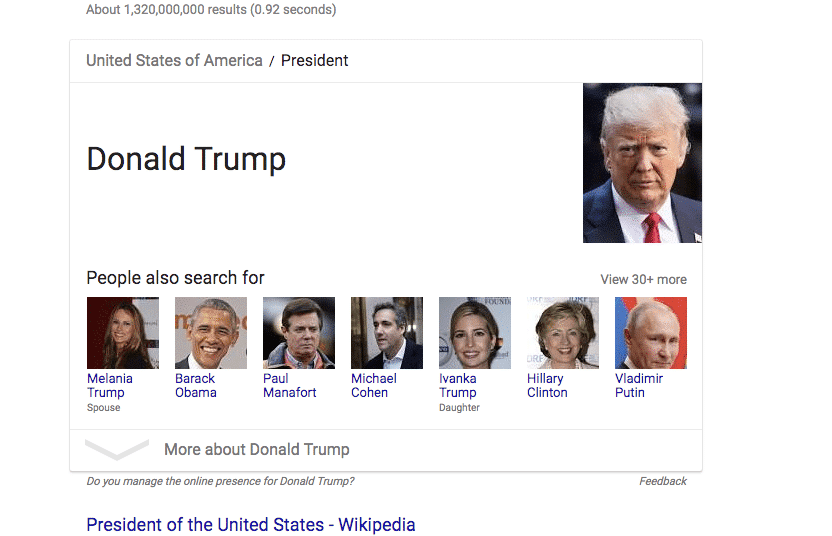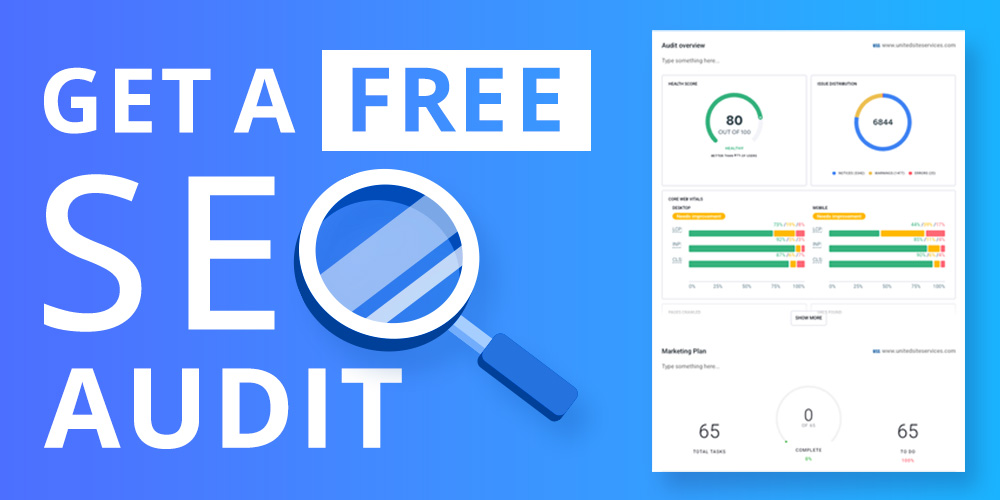


There’s a changing tide within Google, and marketers are becoming aware of it.
Google, Inc., announced a new patent which was granted during the first week of April 2018, that gives search technology a better understanding of data. The patent improves “the” algorithm’s ability to correlate ideas, locations, people, and products. The Google system is now operated by an evaluation process that takes a modern trend into consideration.
The major transformation of society brings data to be analyzed with greater distinguishment. The software update, which Google patented on “related entities,” will create an environment where marketers and media professionals must provide tremendous insights into their own niches and markets before gaining exposure.
The process of correlating ideas, thoughts and data gives the search engine the capacity to uncover how well a brand, writer or individual knows their topic. Related entities will dig deeper into a subject to uncover all related material on the Web.
Google’s transformation is supported by a number of market changes that put a great deal of attention to the developing “Internet of things.” The Internet of things is more-so an outcome than it is a specific software, agency or tool. This outcome results from Internet technology, which is based on the developing cloud infrastructure that powers the entire data industry.
The interconnectivity that society is adopting, through the Internet of all things’ system, is being replicated through Google’s new patent. The patent Google has holds the same model of connectivity and allows its algorithm to find correlated meaning and deeper data for a specific topic or search query.
Finding how entities relate enables Internet systems to correlate people, their consumer data and the IP addresses of their phones, computers or coffee makers.

Google’s step toward linking entities is also a step toward improving RankBrain.
RankBrain is a Google 2015 update that introduces A.I. tech to understand better what consumers want. It then adjusts to the changes of the online user. The agency’s steps toward linked entities are supported by an ongoing experiment Google has in better understanding data and then using the info to meet consumer demand.
- What Are “Entities”:
Entities can be listed as important or not.
The broadest definition shows that entities have correlated data. Entities, as based on its literal definition, consist of concepts that have “distinct and independent existences.” This means that the patent has both a specific and general placement. Things that exist independently are concepts like baseball whereas the stitch used as the seams of a baseball may fall under the “baseball entity.”
- Deciphering Data To Make The Connection:
The major take-away from Google’s recent patent is called semantics.
The human brain identifies data through entry-points like hearing, sight, touch, and smell. The analytical skills used through Google are developing a larger web of understanding when topics and inquiries are brought to the search interface.
Google has expanded its understanding of data by acknowledging and categorizing entities. The correlation of entities allows the agency’s algorithm to understand why leather might be used when talking about baseball. The technology might also know that leather isn’t a deciding factor if it’s not clearly described as balls or gloves.
Google’s patent on related entities is forcing marketers and their content to be more specialized. Professionals must know their field well enough to acknowledge what’s relevant and true. The rise of online scams and misleading content are penalized more when using wordplay to capture leads or to misinform online users.
The Google patent, for example, can analyze claims marketers make and it does so by finding correlations. Making outrageous claims, like, “I earned a million dollars in two weeks,” will need to be supported by a larger pool of information as the related entities patent seeks supportive data to every entity it categorizes.
This results in a need for content to be specialized and for data to be supported.
The progress being made through the related entities patent is based on semantics.
Semantics, as described in the world of the computer search, attempts to find greater meaning and correlated data from one word or a string of them. Below, there are a few ways that Google’s new patent does semantics and finds correlation among entities.
- Uses Context:
Context takes into account surrounding data. An idea or topic is usually supported by varying words and phrases that may not be the keywords or phrases that that content intends to rank for. Nevertheless, this data would help search technology to better understand what the topic or idea is really about. The context of your content must, therefore, be supported by related facts.
- A.I. Combined With Search History And Search Intent:
Google’s A.I. features make adjustments to the reader base on search history and keyword phrases. That adaptability will increase as computers learn the consumer and find deeper data about related things.
- Pre-Indexed Phrases By Google:
The Google patent has also pre-programmed some phrases based on category, topic or industry. This will help computer technology as new thinking is limited, and there is no delay in accessing the data it already has.
- Establishing Priority
The “entities update” is powered by a priority clause that organizes entities based on priority. This is important as noted in our prior example where leather may be used in baseball, but it doesn’t actually define what baseball is or how it’s played. Gloves and balls, for example, are also made from synthetics.
- Rating Data On Its Recency:
Relating entities and ideas requires a specific understanding of dates and times. The result is a time-sensitivity that enables the most recent data on an entity to be the most relevant.
Search engine optimization has changed but continues to follow the basic guidelines of quality content. Your media is now better understood by Google search and should integrate as many related topics as possible but without leaving the boundaries of your niche and industry.

"*" indicates required fields

"*" indicates required fields

"*" indicates required fields
You must be logged in to post a comment.